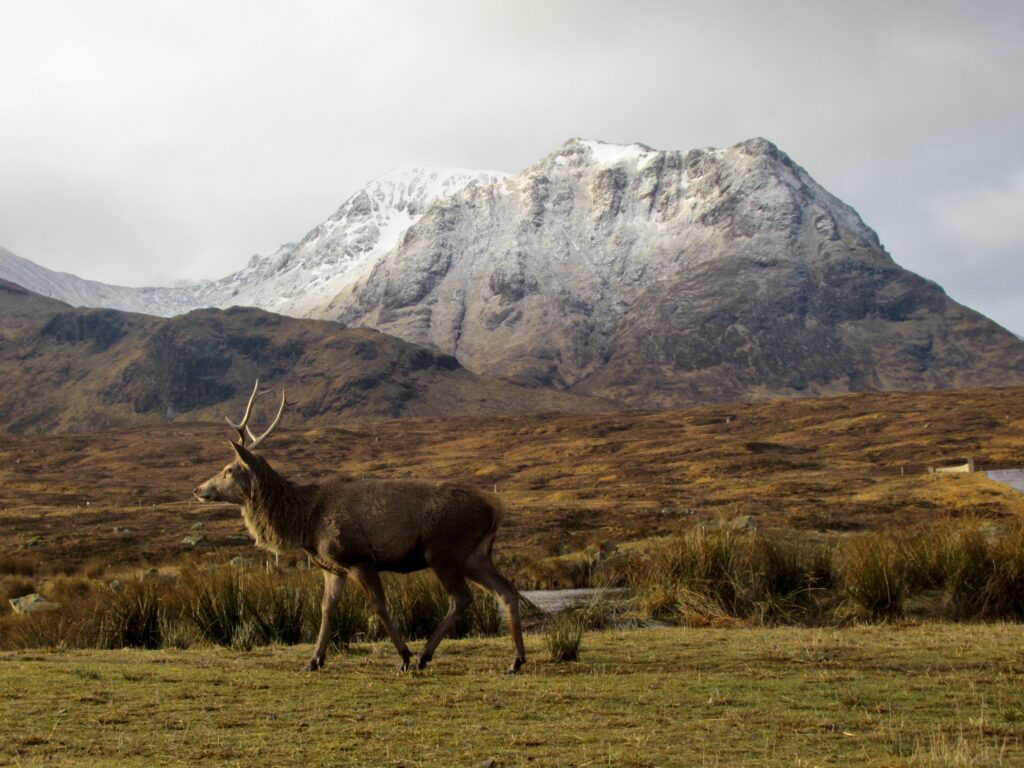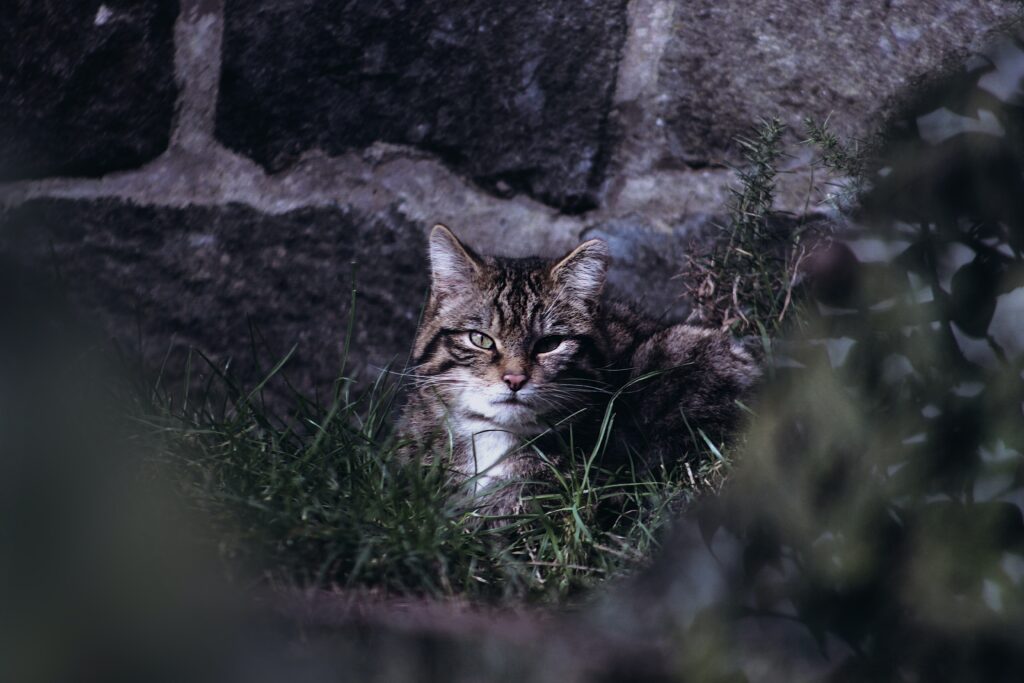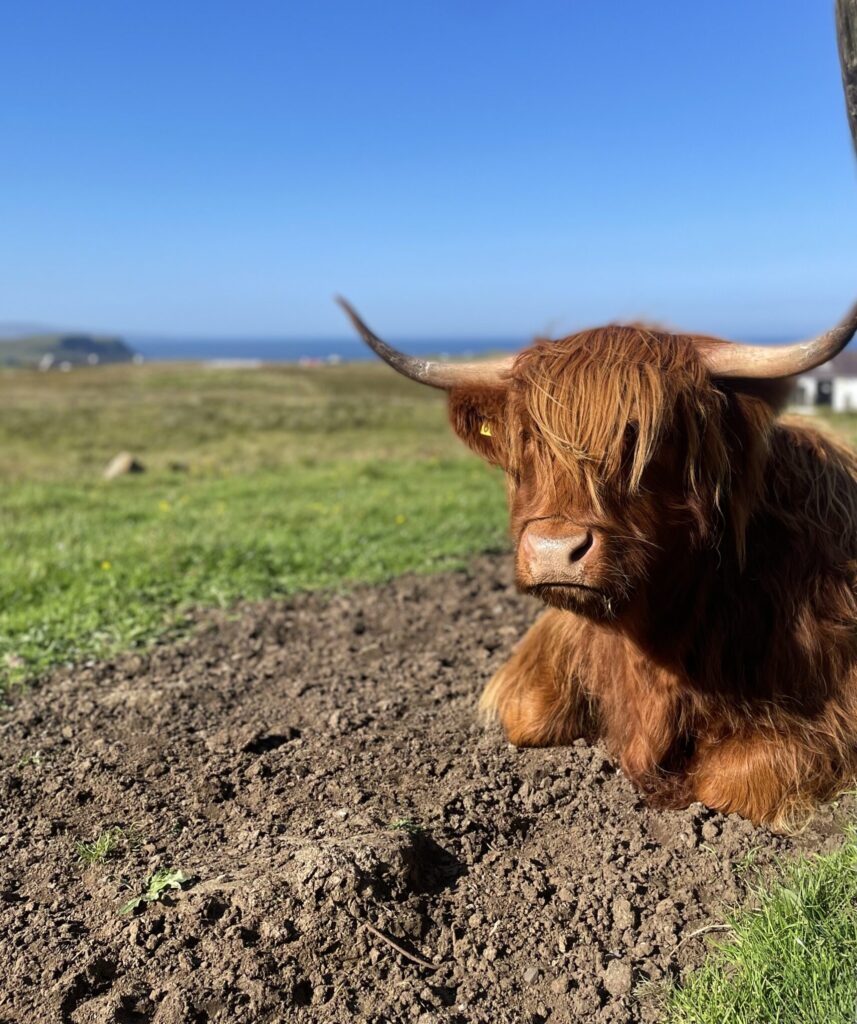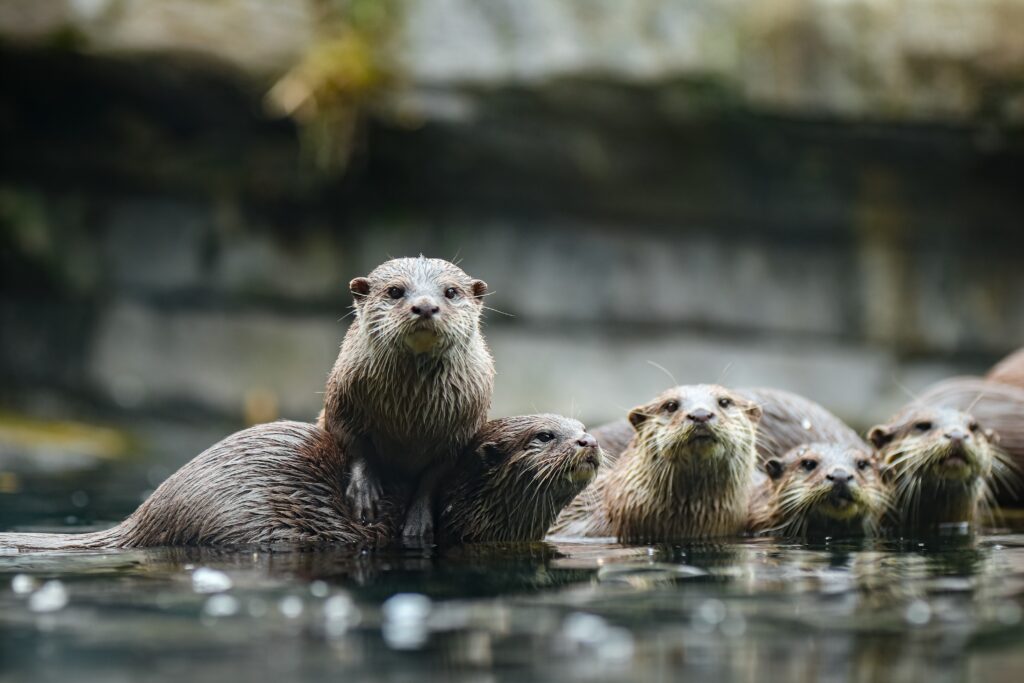8 Iconic Animals In Scotland's Wildlife
Welcome back to our Scotland blog! Here you can join us on a virtual journey through the untamed wilderness of Scotland as we delve into the realm of its native creatures. Scotland’s wildlife is truly remarkable, there is nothing like being out in the wild and staring nature straight in the eyes. So today we’ll discuss the fascinating animals that you might encounter whilst wildlife watching in Scotland. Rest assured; these creatures pose no harm as long as you approach them with caution. Unlike other countries with grizzly bears, wolves, venomous snakes, large spiders, or crocodiles, Scotland offers a landscape free from such formidable creatures. The most aggressive encounter you might have is with the legendary wild haggis. Join the conversation as we unveil the 8 iconic animals of Scotland’s wildlife, celebrating each species in turn.
Red Deer
Witnessing a majestic stag in its natural habitat is an unparalleled experience, and I’m not referring to a bachelor party setting!
In Scotland the red deer is the largest of the two native deer species weighing up to 340kg. Encountering these incredible creatures in the highlands is a frequent occurrence, particularly in Glencoe, the Cairngorms, and specific areas of Skye where heather is abundant. They are most commonly associated with Instagram posts positioned gracefully against the iconic Buachaille Etive Mor mountain.
Interestingly, in the Scottish wilderness, deer face no natural predators, necessitating careful population management to mitigate their impacts. Hence why the practice of deer stalking in Scotland contributes significantly to the economy, with its annual worth exceeding £100 million.
Reflecting on a personal experience, we spotted two Red Deer Stags near the Kinghouse Hotel so immediately pulled in. Upon arriving a passerby was already to close for comfort. But that wasn’t enough for their photo album. So, extending their bare hand, feigning an attempt to feed the majestic creature it edged forwards. Then in a blink of an eye the stag launched an attack, thrusting its powerful horns into his chest. Thankfully the bloke was alright! But this encounter serves as a reminder of the untamed nature of these magnificent creatures and the importance of respecting their wild instincts.

Red Deer
Pine Marten
We have a lot of beautiful animals on this list and the Pine Marten is up there with arguably the most beautiful!
By the 1920s, Pine Marten in Scotland faced decline due to fur hunting and persecution linked to game rearing interests. However, thanks to dedicated conservation initiatives and the expansion of new forestry areas, these Martens have successfully extended beyond their Highland stronghold. The population has experienced a remarkable surge, reaching approximately 3,700 individuals. Despite this growth, the species remains relatively rare, highlighting the ongoing importance of conservation efforts.
Pine martens are most commonly spotted in woodland areas but aren’t confined to shelter. However, it’s observed that these animals may actively avoid open ground, a behaviour likely adopted as a strategic measure to mitigate the risk of predation. This inclination towards wooded areas and a cautious approach to open spaces contribute to the ecological dynamics shaping the pine marten’s habitat choices and survival strategies.

Pine Marten
Has learning about wildlife in Scotland made you want to experience it in person?
Click here to inquire about a guided Scotland Birding tour
Scottish Wildcat
The Scottish wildcat is Britain’s last native cat species. Some call them, the “Scottish Tiger”. Not quite as dangerous but a lot more elusive. It is actually known as being one of the hardest animals to see in the world. So it you don’t see one, don’t worry its not a ‘cat’astrophe. But if you do, go stick on the lottery numbers!
Despite being critically endangered and requiring immediate conservation efforts, the Scottish wildcat has demonstrated a recovery over the past century. However, this recovery has led to hybridisation with feral domestic cats. Distinguishing wildcats from domestic cats involves noting that wildcats have longer legs, a more robust build, and are approximately 25% larger. Wildcats exhibit striped tabby patterns and are characterised by a ringed, bushy, blunt, black-tipped tail.
Fingers crossed that the good conservation work continues.

Scottish Wildcat
Highland Cow
Holy coo did you really think we would miss out on Highland Cows? Of course not! These beautiful beasts are a national treasure. How can you not fall in love with their shaggy ginger coats, calm temperament and long curved horns. Oh and don’t forget the calves are even cuter!
The Highland Cow has the longest hair of any cattle breed which serves as a formidable shield from the biting cold in the harsh Scottish winters. Additionally, their distinctive sweeping eyelashes play a dual role, not only enhancing their charming appearance but also safeguarding their eyes from the ever-present wind and rain that batters the Scottish landscape.
The Highland Coo also boasts the prestigious title of the world’s oldest cattle breed. Legend has it that Queen Victoria, during a visit to the Highlands, expressed a preference for the red-coloured cattle. In an attempt to impress Her Majesty, selective breeding ensued, leading to the more common ginger cow observed today. Over time this deliberate breeding choice gradually diminished the prominence of the black-coated variant.
There really isn’t a Highlands tour that goes by without someone asking to see them and there is no wonder why!

Highland Cow
Roe Deer
Oh deer not another one… The second native deer featured in this blog is a notably smaller species, gaining recognition as the original inspiration for Bambi in the Bambi novels. You might wonder about the absence of the characteristic white tail and spots. Interestingly, when Disney adapted the story, they modified the deer’s breed to make it more relatable to the American audience. Classic movie making, right?
Widespread on the mainland, these deer occur at least once in every 10 sq km but are notably absent from the Western and Northern Isles. Although Red Deer can thrive in woodland environments, it is the Roe Deer that is closely linked with Scottish woodlands. Throughout the summer months, these deer are frequently observed either solitarily or in the company of a mother and her offspring. However, during the winter, they tend to form small, loosely connected groups, seeking comfort in their shared presence.
It is worth noting you can also find the Sika and Fallow deer. The former coming over from Japan in 1860 to inhabit deer parks and the latter believed to be brought over by the Vikings for food.

Roe Deer
Eurasian Otters
The Eurasian otters I’ve encountered are typically observed during the hour preceding sunset or after sunrise, with human activity significantly influencing their visibility. If you’re fortunate, you might even catch a glimpse of them along the Water of Leith in Edinburgh! The magical experience of spotting one and being a big fan of Harry Potter meant I couldn’t resist nicknaming them “Harry Otter.”
Otters faced a large decline in most of England and Wales during the 1950s-1970s due to waterway pollution. However, fortunately for us resilient populations endured in Scotland’s clean northern and western waters. Today, otters in Scotland thrive, with an estimated 8000 individuals, and are recovering across the UK as waterways are restored.
Otters, mostly solitary and semi-aquatic, source their diet from lochs, rivers, or the sea. Scotland otters, uniquely, have a significant coastal presence, constituting about 50% of the population, relying heavily on sea-based food. In freshwater, otters primarily feed on fish (trout, salmon, eels), spawning frogs, toads in spring, and occasionally mammals and birds.
Otters utilise ‘holts’ for shelter and breeding, ranging from burrows to man-made structures. Breeding may occur throughout the year in Britain. The story of otter recovery is a testament to conservation efforts revitalising these charismatic, little mammals across their habitats.

Eurasian Otter
Red Squirrel
When I see a red squirrel I get as excited as a kid at Christmas because when I was young seeing red squirrels in my hometown was common. But by the time I had finished university it was a completely different story. There are now none to be seen!
Why is this? The main factor contributing to this decline is the grey squirrel, which was introduced from North America from 1876 to 1930 with the intention of serving as an ornamental species to populate the grounds of stately homes. Unfortunately, the larger and more adaptable grey squirrel has out competed the smaller, specialized red squirrel across much of its habitat. Once widespread, the native red squirrel has been displaced from most of England and Wales.
Adding to the challenges, grey squirrels have introduced diseases, with squirrelpox being particularly devastating to red squirrels. Currently confined to south Scotland, this lethal virus poses a significant threat to the remaining population. Despite efforts to contain it, the virus has proven difficult to manage, putting the rest of the Scottish red squirrel population at risk. So you can see why I have such an attachment to the beautiful creatures.

Eurasian Beavers
Having been absent from the Scottish landscape for a staggering 400 years, the Eurasian Beaver has made a triumphant return, reclaiming its place within the riparian broad leaved woodlands adjacent to standing waters and leisurely flowing streams. This remarkable resurgence is a testament to conservation efforts aimed at restoring biodiversity and reestablishing key ecological players. The reappearance of beavers in Scotland marks a pivotal moment in the ongoing conservation narrative, highlighting the resilience of a species once thought lost. The total number now standing at around 954 strong!

Eurasian Beaver
As we conclude this blog, I wanted to say a big thank you for your participation and hope this exploration has kindled a deeper appreciation for Scotland’s wildlife. Whether you’re a wildlife enthusiast or a casual observer, we invite you to continue marveling at the wonders of nature and to stay tuned for more stories. If you have enjoyed hearing about Scotland’s wildlife then leave us a like, comment or share it with others or stay tuned for our next blog on Scotland bird life!
If you want to go one step further and want to experience Scotland’s wildlife with us on a tour. Then reach out and we can curate a bespoke Scotland wildlife tour!